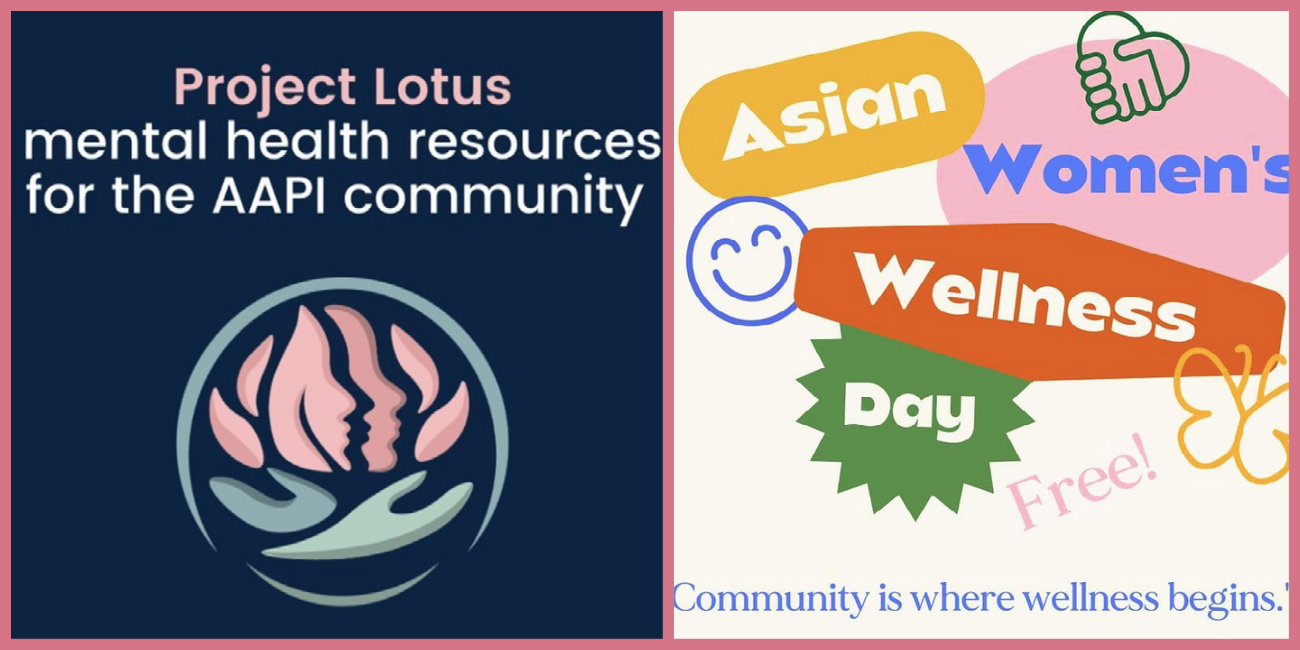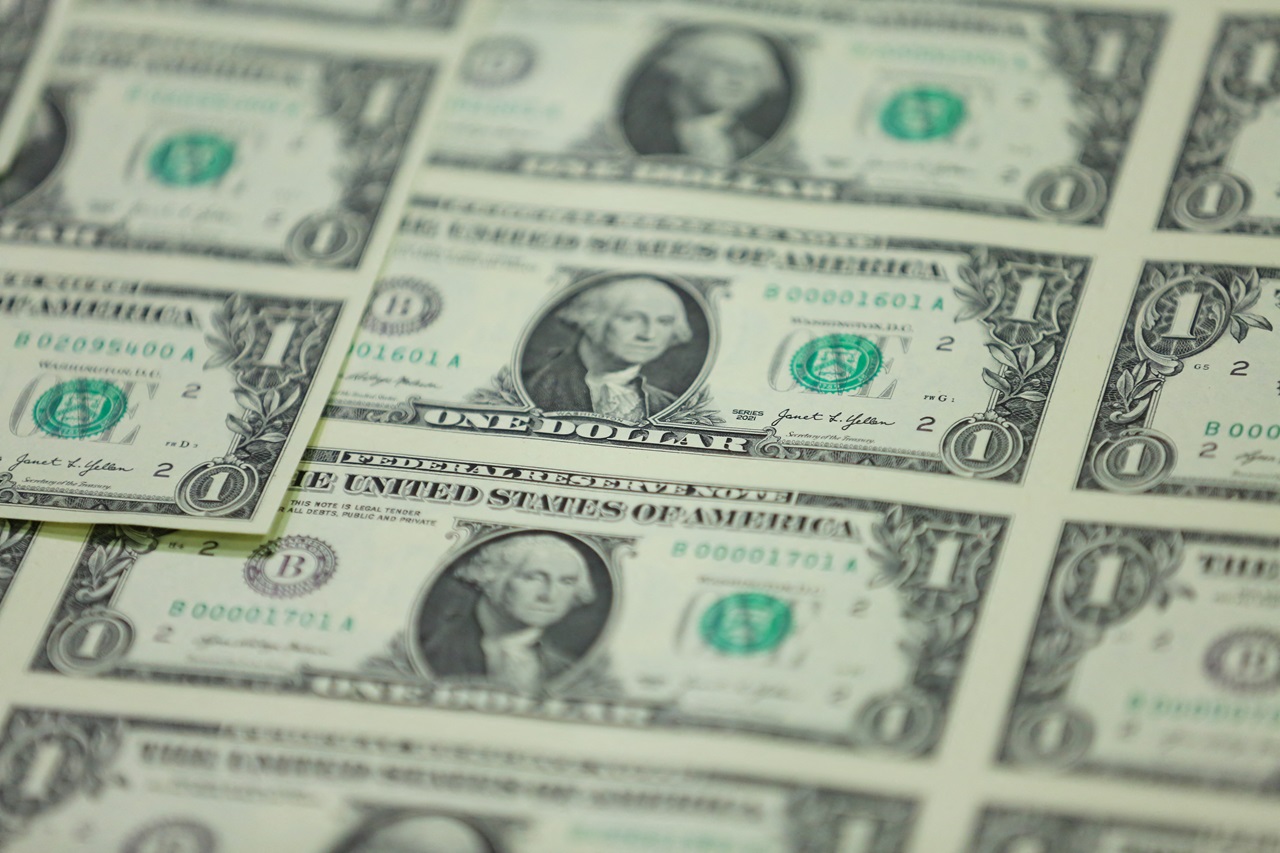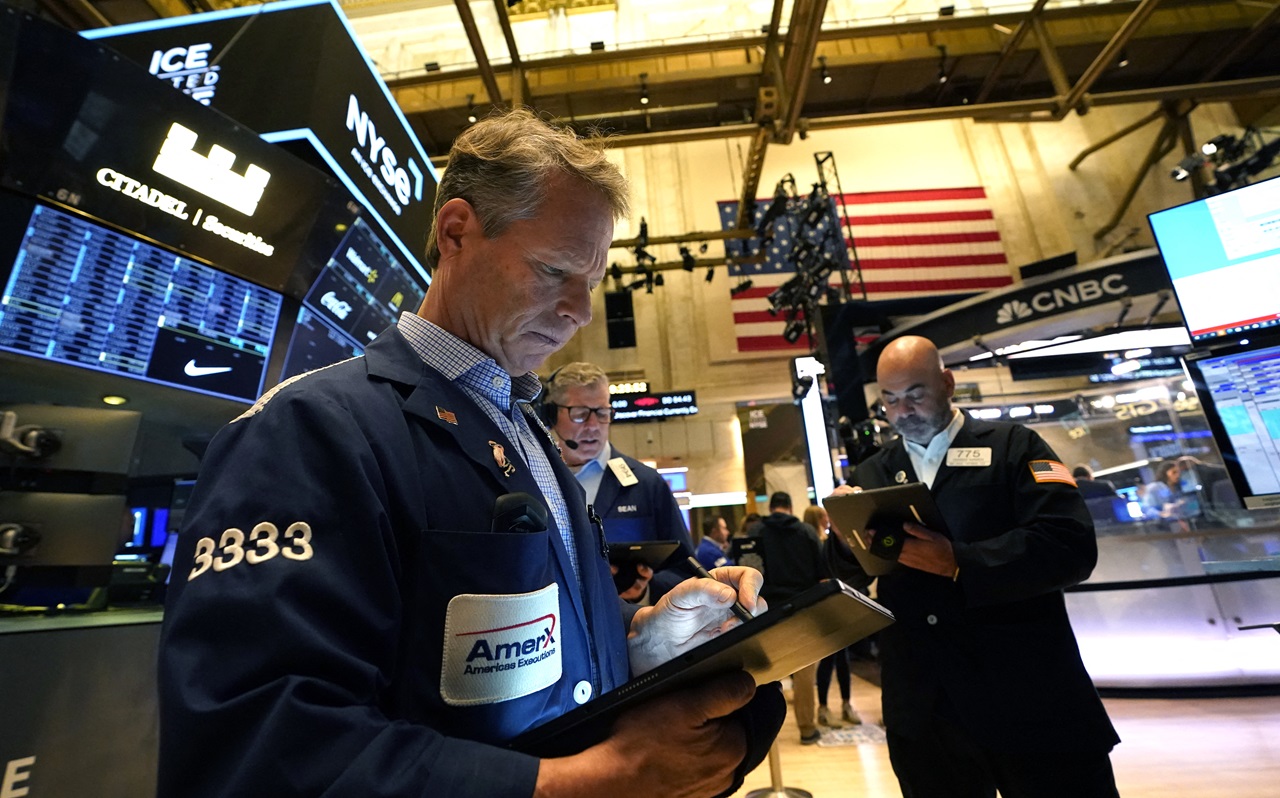
Finding a future for conversations around AAPI mental health
As we near the end of mental health awareness and AAPI Heritage Month, it’s time to start thinking about long-term solutions to the mental health crisis within Asian-American communities.
This AAPI heritage month has been bittersweet; the celebrations were fruitful, but the pain and anxiety of the consistent attacks on Asian-Americans has been a lot to bear — almost too much.
Devastating to hear from @StopAAPIHate co-founder @KulkarniManju that at outset of #COVID19 in US, Asian American middle-schooler in LA was accused of having virus & told to go back to China - then punched in head 20 times. Over 6,600 anti-AAPI hate incidents reported since. pic.twitter.com/Sahb47Di2m
— Andy Wong (@MisterAndyWong) May 12, 2021
Over the past year, too many Asian children have lost fathers, mothers, and grandparents either to COVID-19 or the massive racial scapegoating that led to an increase in anti-Asian hate crimes.
This kind of trauma can be hard to manage for anyone, but when there’s no safe space to let these emotions out, no space to vent your frustrations, no space to seek professional help, the trauma can become overwhelming.
This is the reality of many Asian-Americans — the least likely group to seek mental health care or treatment often because of deep cultural stigmas concerning mental health issues, as well as cultural and structural barriers to accessing this type of care.
Hear about the unique pressures faced by this Asian American youth and her story on how she hopes to break the stigma and silence surrounding topics of Mental Health in Asian American communities. https://t.co/qCMWGc3Cx1.#AAHIMentalHealth #MentalHealthMonth
— Asian American Health Initiative (AAHI) (@AAHI_Info) May 22, 2021
But the future is beginning to look a bit brighter, as Asian-Americans are stepping up as activists in their communities, hosting virtual healing sessions, and raising money for Asian mental health organizations.
While the structural barriers are still in place, there are several mental health centers and professionals that are doing their best to make this essential form of health care more accessible to the AAPI community.
For instance, Dr. Noel Ramirez, a Filipino-American psychologist founded Mango Tree Counseling in Philadelphia. Mango Tree is a group of Asian mental health professionals and advocates that specialize in treating the needs of the Asian-American community.
In a conversation with AL DÍA, Ramirez said that more conversations around mental health have been occurring within the community, and more and more people are finding out about the services that he and his team provide.
“The trauma has always been there. And I think we’re in an interesting place now with mental health, where the conversations are happening. There’s models that are talking about it. There is more access. There’s things I’m seeing happening with the Asian Mental Health Collective. I helped volunteer with a healing circle that happened recently,” Ramirez said.
She also said that she’s been impressed by the “gatekeepers” out there really doing the necessary work of expanding the language and terminology used to describe the unique mental health needs of the community.
“I think language around intergenerational trauma has really opened up more of a discourse about it. It's giving the environmental community more language to talk about what's happening. And I think once you have language, you can really begin your healing journey,” he said.
There’s also the youth-led initiative known as Project Lotus, where the four directors use their platform to gradually dismantle the model minority myth, and provide resources so that Asian-Americans can access culturally appropriate care.
Hi, we’re @_projectlotus! We’re excited to share our mission and the work that we’re doing to educate and empower Asian American communities, destigmatize mental health, and tackle the model minority myth. Check out https://t.co/AqPSxq3O0X to see our work!
— adcouncil (@AdCouncil) May 26, 2021
One of the founders, Daniel Gu, said that his inspiration for establishing Project Lotus came from his own experiences with those close to him.
“For me, it came in the form of a really pivotal movement when my really close friends and family were having mental health struggles, and then with their permission, we were trying to find them support and care. And it just felt like an uphill battle against things like language barriers and cultural differences,” Gu said.
There’s centers like Yellow Chair Collective in California, where the therapeutic practices are culturally sensitive, trauma informed, anti-oppressive and inclusive of all identities.
The therapists at Yellow Chair also specialize in racial trauma, intergenerational trauma and the Asian American experience.
CONTENIDO RELACIONADO
As an Asian American psychiatrist, I have had many conversations about mental health with my own family.
— Howard Liu, MD MBA (@DrHowardLiu) October 18, 2020
We need diverse #mentalhealth professionals from every community to defuse stigma!
Asian womxn on normalizing the conversation around mental health https://t.co/jP30F0UX2x
In a conversation with AL DÍA, Linda Yoon, the founder of Yellow Chair and the director, Soo Jin Lee, said that improving the current state of mental health for Asian-Americans lies in expanding language and providing education about what it means to take care of one’s mind.
Yoon and Jin Lee explained that many Asian-Americans, especially immigrants, don’t know the English terms used to describe mental health like depression, bipolar disorder, or PTSD. Additionally, it’s a commonly held belief that going to therapy or being prescribed medication means that something really bad must have happened in one’s life.
But Yoon and Jin Lee want their fellow community members to know that anyone can go to therapy at any time and that it should be used more as a prevention method, not damage control.
The de-stigmatization of mental health needs to come from within the community.
Conversations are slowly starting, and Asian mental health professionals are doing what they can to spread this new way of viewing health and wellness.
More Asian-Americans have been taking to the streets, raising their voice to pass legislation, enact more neighborhood safety measures, and foster solidarity with other communities.
On Saturday, May 15, the Chinese Immigrant Family Wellness Initiative and Studio 34 partnered to present a healing-centered event called Asian Women’s Wellness Day.
There were speakers, vendors, raffles, a self-defense seminar, and an array of free wellness offerings, including Reiki energy healing, acupuncture, and massages.
Announcing the Workshops and Healing Corner activities for PCDC's and Studio 34's Asian Women's Wellness Day 5/15! #PCDC #AsianWomensWellnessDay #AAPIHeritageMonth pic.twitter.com/FID2WOU47H
— PCDC (@PCDC_Events) May 14, 2021
It was just one day, but it shows that the Asian-American community is resilient, brave, and compassionate. When their emotional cups begin to overflow, they stand together in support of one another, so that healing can take place.
For much of American history, those of Asian descent have been bullied, excluded from rights, discriminated against and attacked. Yet they were given the title of “model minority,” successfully erasing the oppression that they face, and making them feel as if speaking up for themselves would be futile.
But the time for silence has passed, and this diverse community is rising up. It may be the end of mental health awareness and AAPI heritage month, but this movement is just beginning.










DEJE UN COMENTARIO:
¡Únete a la discusión! Deja un comentario.